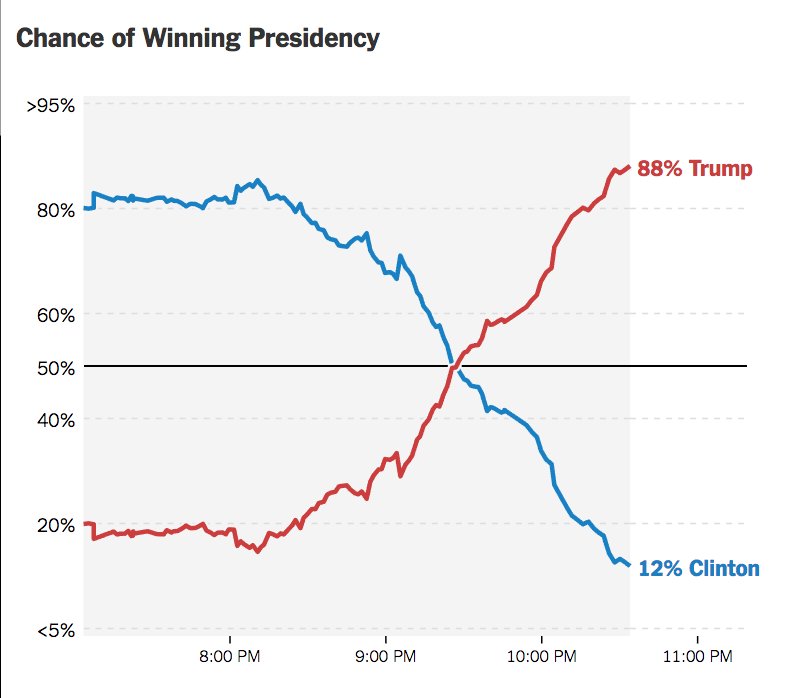Chinese scientist and non peer reviewed so grain of salt
This new study, if true, could raise important questions about the wisdom of closing public parks in urban areas.

www.nationalreview.com
Three hundred and eighteen outbreaks with three or more cases were identified, involving 1245 confirmed cases in 120 prefectural cities. We divided the venues in which the outbreaks occurred into six categories: homes, transport, food, entertainment, shopping, and miscellaneous. Among the identified outbreaks, 53.8% involved three cases, 26.4% involved four cases, and only 1.6% involved ten or more cases. Home outbreaks were the dominant category (254 of 318 outbreaks; 79.9%), followed by transport (108; 34.0%; note that many outbreaks involved more than one venue category). Most home outbreaks involved three to five cases. We identified only a single outbreak in an outdoor environment, which involved two cases. The first salient feature of the 318 identified outbreaks that involved three or more cases is that they all occurred in indoor environments. Although this finding was expected, its significance has not been well recognised by the community and by policy makers. Indoors is where our lives and work are in modern civilisation. The transmission of respiratory infections such as SARS-CoV-2 from the infected to the susceptible is an indoor phenomenon.
We also have the DHS report that said sunlight and heat kills the virus.
I don't support large gatherings at beaches, but the science behind closing out door area's is not solid at all and I would say the science actually supports being outside (with physical distancing) over trapping people inside.
Pretty much every outbreak happens in indoor damp cool environments. Old age homes, call centers, churches, meat packing plants.













